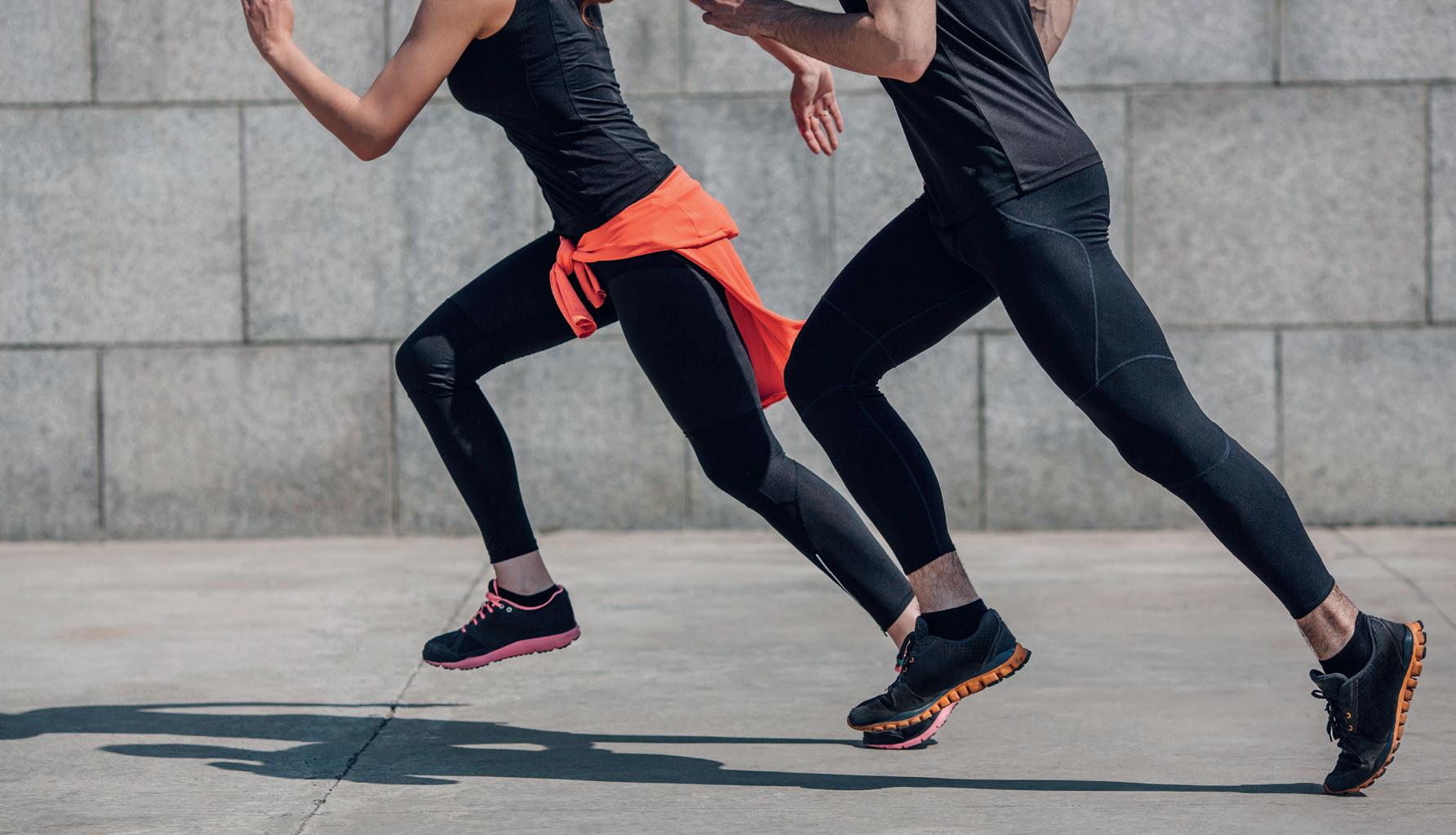CHAPTER 1
INTRODUCTION RUNNING. That’s what runners do. They run in order to get better at running, right? The more you run, the faster you’ll go. Who can argue with that? Well, here I go… If you want to remain injury-free, become a better runner and run faster, I maintain that there’s more to training than just running. There, I’ve said it. And in this book I intend to explain why, and set out what more you need to do to be a fitter, stronger and faster runner. The misconception that running more miles delivers an improved performance is deep-rooted in the sport. The concept of ‘junk miles’ – moderate tempo running just to reach a distance goal – has persuaded many runners to incorporate hill runs, speed intervals and form drills into their training, but it is still not uncommon to find even elite athletes diligently turning out 125-mile weeks for no clear reason. There is no denying the stories of runners who reduce their PBs over a short period of time and these always make a great impression on novice runners. But there is another, less inspiring, side to the stories: the frustrating plateauing and the 30–50 per cent of runners who, over a 12-month period, suffer injuries. These are often written off as inevitabilities – crosses the dedicated runner has to bear – but I aim to show you it doesn’t have to be that way. The simple act of running utilises hundreds of the body’s muscles. Every time you run you’re using these muscles, forcing them to contract and relax over and over again. Understandably, you might think it’s logical that running strengthens muscles: more running equals stronger muscles, meaning fewer injuries and faster times. And the rationale stands up for a while – until a muscle gives way under the strain or fails to develop at the rate necessary to increase speed. Training is purely a stimulus for your body – a way of making it fight to become fitter, stronger or more flexible. Our body is designed to respond to such stimuli, but a single form of training – in this case, running – will not enable it to deliver beyond its capabilities. If we’re going to increase speed and withstand injury, we need to look to other ways to strengthen the parts of the body that deliver the power and bear the load.
7



